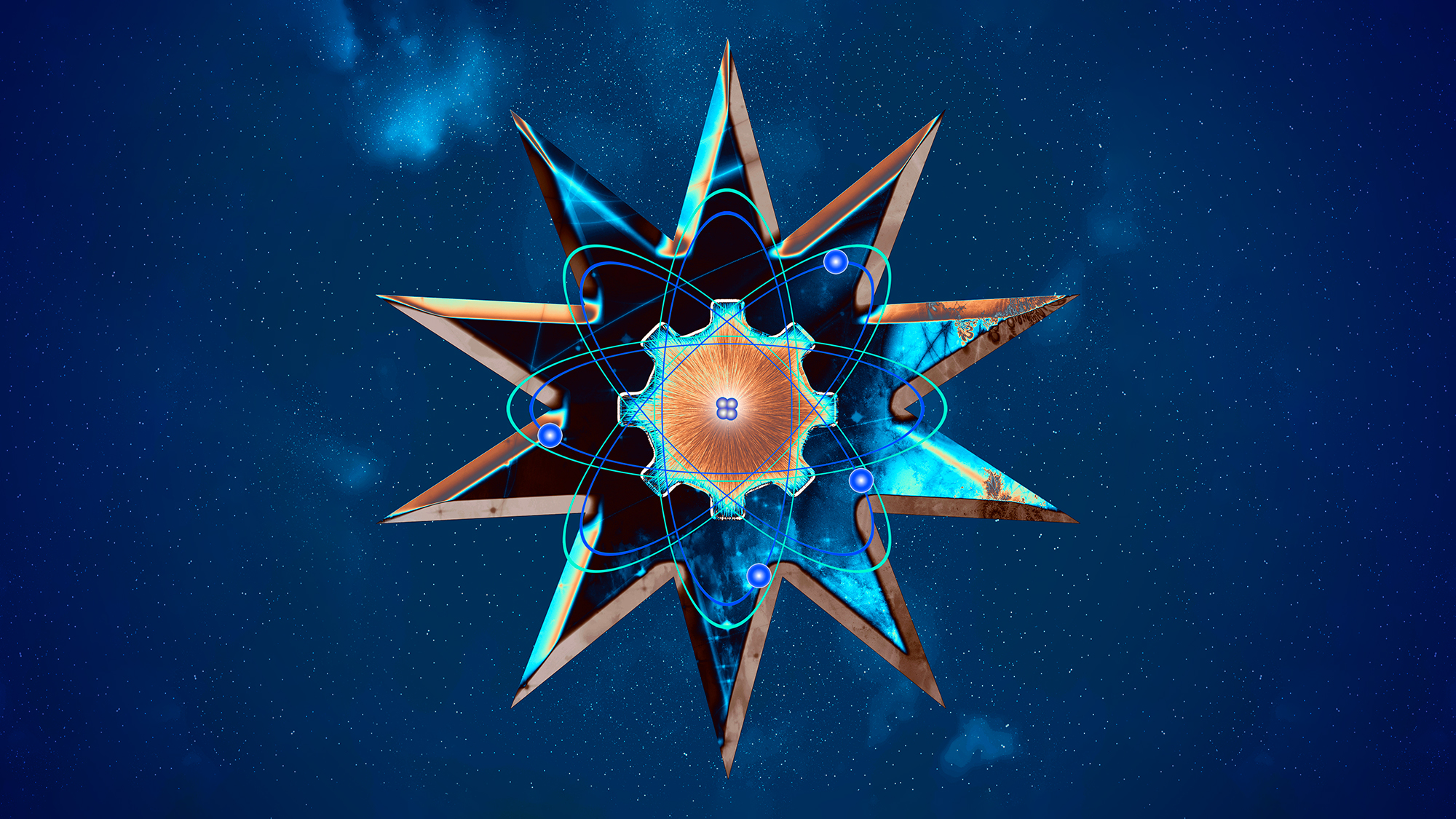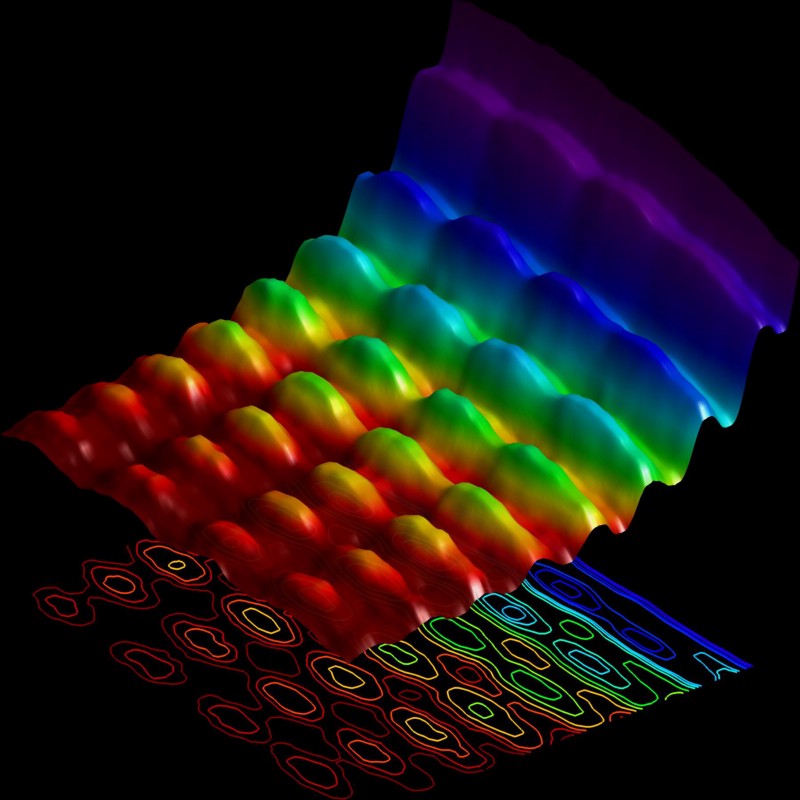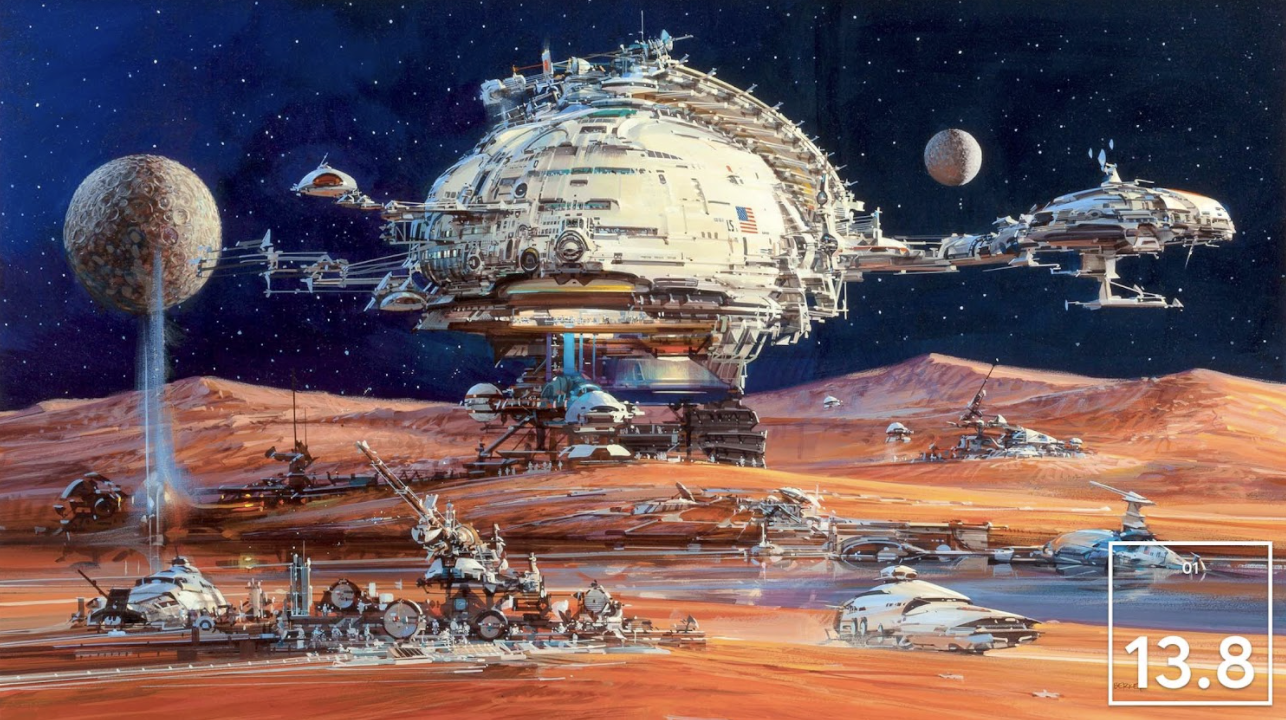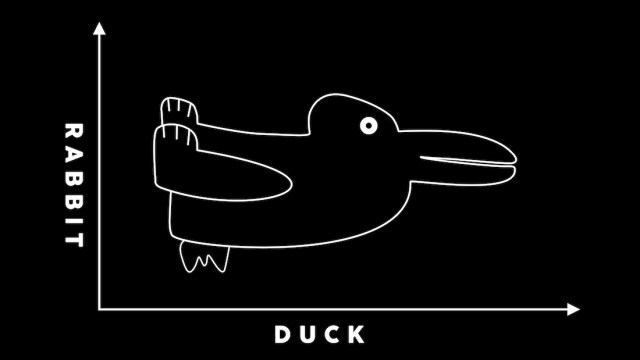Quantum Steampunk: A new frontier in quantum physics

- Quantum steampunk blends quantum information and thermodynamics. It promises to revolutionize our understanding of machines and the future of technology.
- The field would re-envision the Victorian theory of thermodynamics for the 21st century, and work out how efficiently quantum engines could operate.
- A quantum system has a Jekyll-and-Hyde-like personality. A major challenge is to work out how to reconcile those two faces.
Quantum physicist Nicole Yunger Halpern just published her first book, Quantum Steampunk: The physics of yesterday’s tomorrow. I have known Nicole since she was an undergraduate at Dartmouth, where she graduated as valedictorian in 2011. From there, her career has been nothing short of meteoric. She earned a PhD from the California Institute of Technology and received several research appointments at Harvard and at the University of Maryland. She now works at the Laser Cooling and Trapping Group of the National Institute of Standards and Technology, also at Maryland. In this week’s column, she joins me for an interview.
What has always impressed me about Nicole, apart from her extraordinarily sharp mind, was her intellectual openness — in particular, her interest in the philosophy and history of physics. There was a time when I thought, as we discussed her future career path, that she would go into the humanities. Wisely, Nicole chose the path of research. She joined the emerging field of quantum information, and from there, she has charted her own, new direction.
Quantum steampunk is a blend of quantum information and thermodynamics. It promises to revolutionize our understanding of machines and the future of technology. As a bonus, it may provide new insights into some of the hardest questions in physics, such as the arrow of time, or why we can’t remember the future. Below is a summary of our conversation.
Marcelo Gleiser: Tell us a bit about your fascination with steampunk. Was it something from your childhood? Did it inspire you to go into physics?
Nicole Yunger Halpern: I did encounter steampunk as a child, although I wasn’t aware of the genre at the time. For instance, I read and adored Diana Wynne Jones’s Chronicles of Chrestomanci and Philip Pullman’s His Dark Materials series, but I didn’t recognize them as part of a cultural pattern. To me, they were simply enchanting books, and enchanting books as a whole pushed me toward physics. I grew up reading all the time — at home, during recess, while waiting for food at restaurants — and so grew used to building and inhabiting worlds in my imagination. I now build and inhabit worlds in my imagination as a theoretical physicist.
Did you first have a novel in mind when you started to write about steampunk? How did the creative process worked for you, combining fiction and nonfiction in an unusual but wonderfully engaging narrative format?
While my book is mostly nonfiction, each chapter begins with a snippet of a quantum-steampunk novel that lives in my imagination. Steampunk novels have recognizable tropes: dark, dangerous London streets; dirigibles and hot-air balloons instead of planes and automobiles; and a spunky, clever girl who refuses to be fettered by society’s expectations (and corsets). I loved the idea of playing with those tropes — in a wink-wink sort of way — in what is otherwise a book about serious science.
When in your career did it become clear that you wanted to go into quantum physics? Did an event, a mentor, a book, inspire you in particular?
I’ve always had a philosophical bent, and my high-school metaphysics teacher exacerbated that proclivity. Although he didn’t understand quantum physics, its paradoxes fascinated him, and he passed that fascination along to me. So, in college, I studied quantum theory through the lenses of physics, philosophy, math, and history courses. I came to appreciate that quantum theory occupies an unusual perch on the border between foundational thinking and applications. On one hand, quantum theory challenges our understanding of reality’s nature. On the other hand, quantum physics is being harnessed to engineer a new generation of quantum computers, sensors, cryptographic systems, and more. I appreciated the balance of metaphysics with a practical grounding.
Through which lens I’d engage in quantum physics beyond college, though, was unclear until the end — until my senior spring, when I took your history-of-physics course. I worked my rear off in that course, learned loads, and utterly enjoyed myself. Having already encountered some of the topics in physics courses, though, I understood them more mathematically and thoroughly than I would have if I’d taken the course as a non-physics student. Moreover, we touched on topics — such as in particle physics — that I hadn’t studied before. Tasting them, I couldn’t bear the thought of never understanding them thoroughly. So I simply had to become a quantum physicist.
Quantum information. Can you explain it to our readers?
First, what is information? It’s basically the ability to distinguish between alternatives. The basic unit of information is the bit, the amount of information you gain if you have no idea of the answer to a yes-or-no question and then you learn the answer. In a non-quantum (“classical”) computer, a bit is encoded in a transistor that can have the value 1 or the value 0. To learn the bit encoded in a transistor, we can interrogate the transistor in only one way: We can only “measure” whether the transistor’s value is 1 or 0. The basic unit of quantum information is called the “qubit.” It can be stored in, for example, an electron, which we can interrogate in any of infinitely many ways. So, in a sense, quantum information encodes far more possibilities than classical information.
How does quantum physics combine with thermodynamics to create quantum steampunk?
Steampunk is a literary, artistic, and film genre in which futuristic technologies populate Victorian settings. While the earliest factories are humming, inventors wearing top hats and goggles build time machines, dirigibles, and automata. I see this genre’s spirit in my field of research, quantum thermodynamics. Thermodynamics, the study of energy, was developed in the Victorian era. Inspired by those early factories, thinkers analyzed how efficiently engines — the cutting-edge technology of the day — could operate. Today’s cutting-edge technology includes quantum systems, which differ enormously.
Quantum systems tend to be small, consisting of just a few atoms or other particles, and can behave in counterintuitive ways impossible for everyday objects. (I imagine that readers familiar with your writing will have seen the terms “superposition,” “quantum uncertainty,” and “entanglement.”) Scientists and engineers are leveraging those counterintuitive behaviors to build quantum computers, which will be able to solve in minutes certain problems that would cost today’s computers many years. So we have to re-envision the Victorian theory of thermodynamics for the 21st century — and work out how efficiently quantum engines could operate! This blend of Victorian thermodynamics and futuristic quantum computing, I call quantum steampunk.
You seem to be a strong believer that quantum computing will change the world. Why? Aren’t there some serious technological barriers to implementing quantum computation algorithms? Are there limitations to the kinds of problems quantum computers can address? Or have these obstacles been solved with recent discoveries?
To tell the truth, I’m more excited about quantum information theory — the mathematical and conceptual toolkit inspired partially by the promise of quantum computers — than with quantum computers themselves. (As a theorist, I’d rather play with ideas and math than with technology.) Quantum information theory has transformed our understanding of quantum systems from molecules to materials to black holes, which we now analyze through how they store and manipulate information. Quantum information theory has led to the discovery of new phases of matter; progress on the black-hole-information paradox posed by Stephen Hawking; and reformulations of thermodynamic laws that cover small, quantum, and information-processing systems.
What are some of the current challenges in quantum computing?
Quantum systems are delicate and easily distracted. If any stray particle comes near a quantum computer — even if the table on which the computer is sitting vibrates — the computer becomes “distracted” and “forgets” the information that it should be storing, introducing an error into the computation. Keeping all the computer’s components focused for long times is today’s top challenge. To meet that challenge, experimentalists and engineers are starting to use quantum error-correcting codes that theorists have developed over the past few decades
If you could solve one problem in physics, what would it be?
The measurement problem — one of the entrancing quantum paradoxes mentioned above. A quantum system has a Jekyll-and-Hyde-like personality: It behaves one way when it’s not being measured, and completely different when it is measured. How can we reconcile these two faces? Many resolutions have been proposed, and they have their proponents, but they also have challenges.





